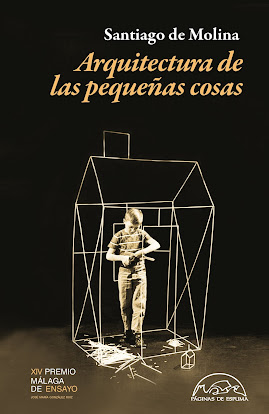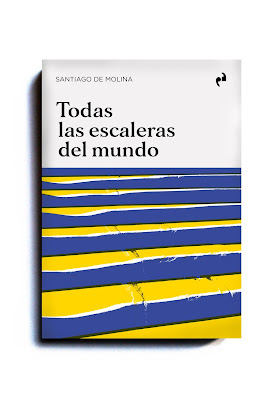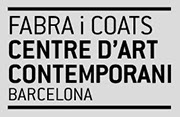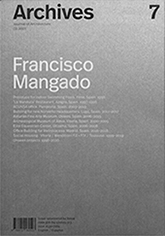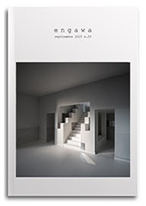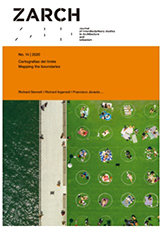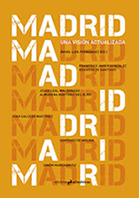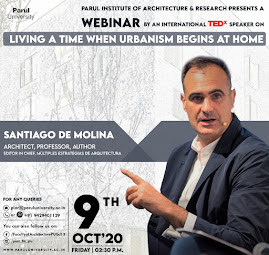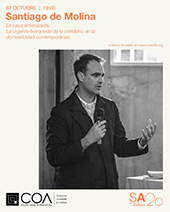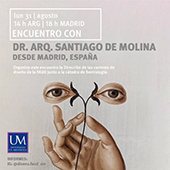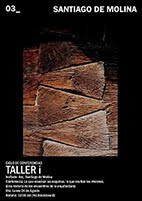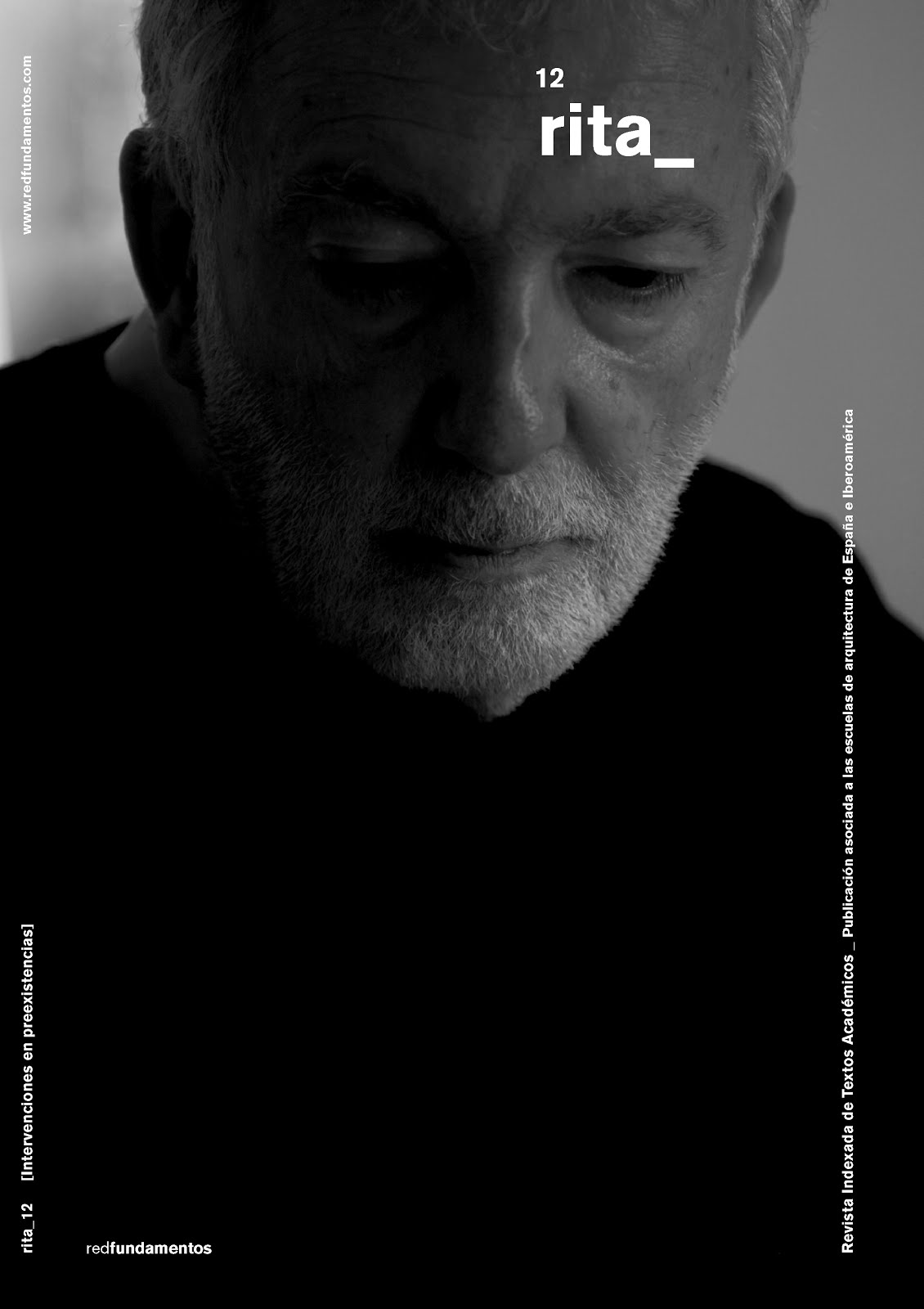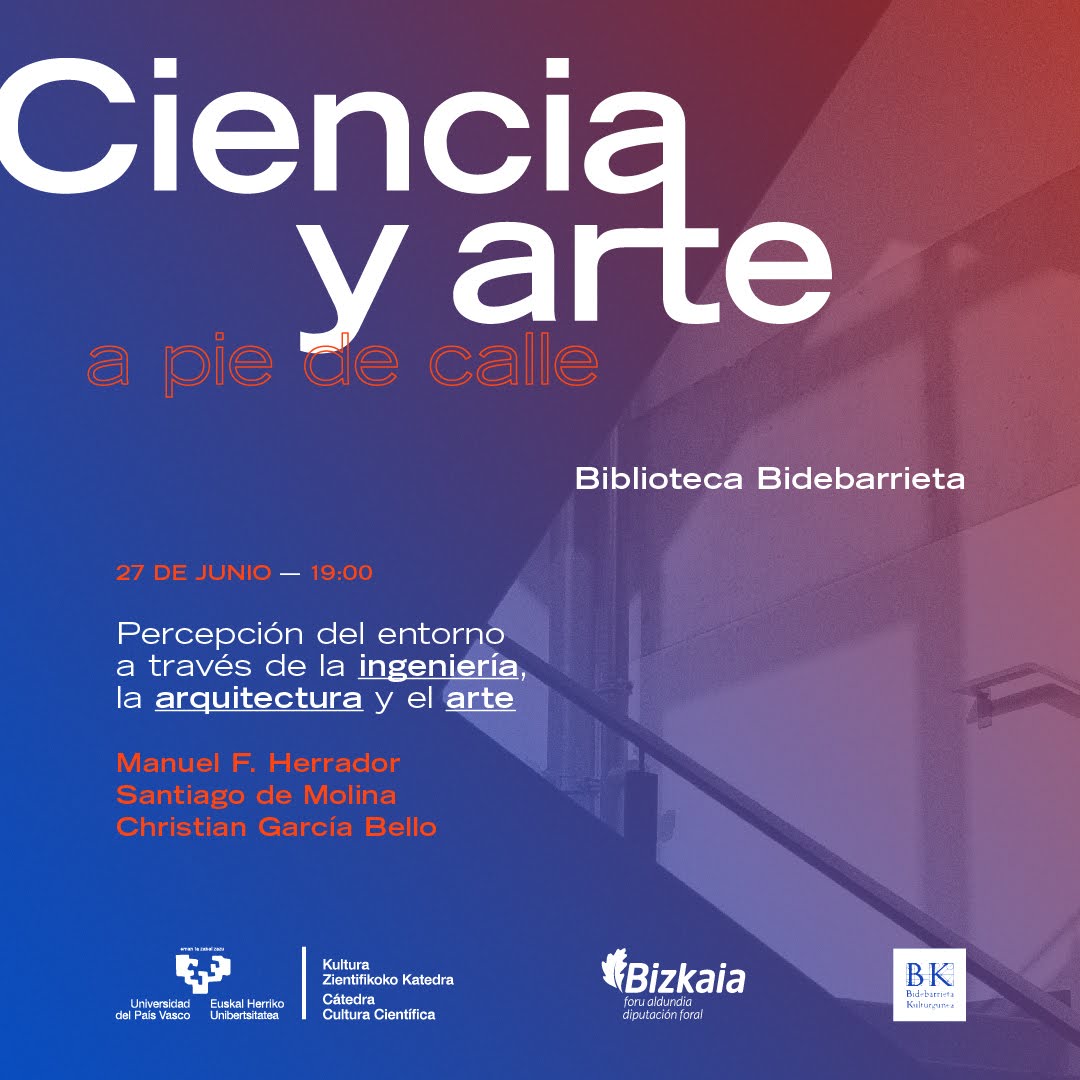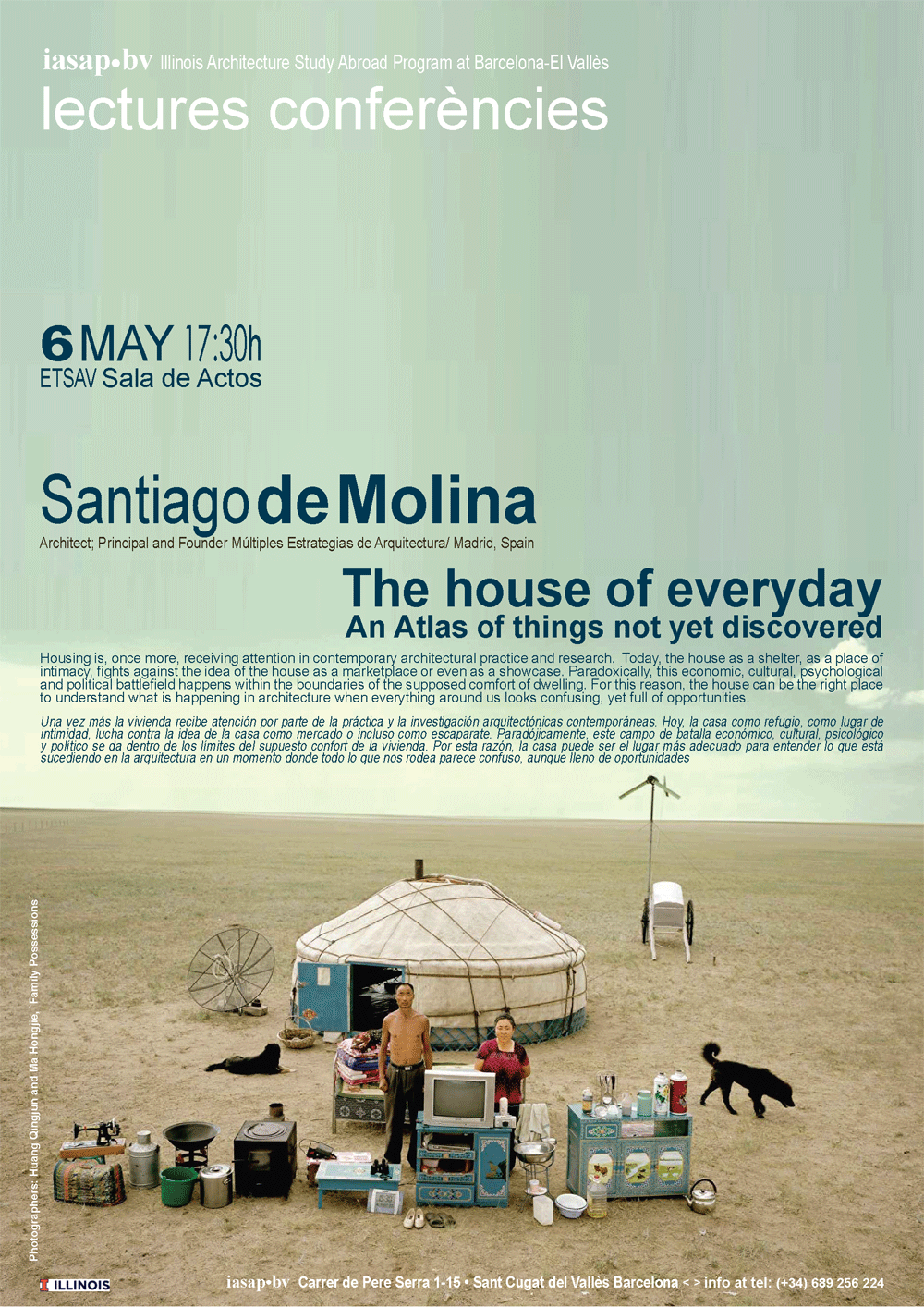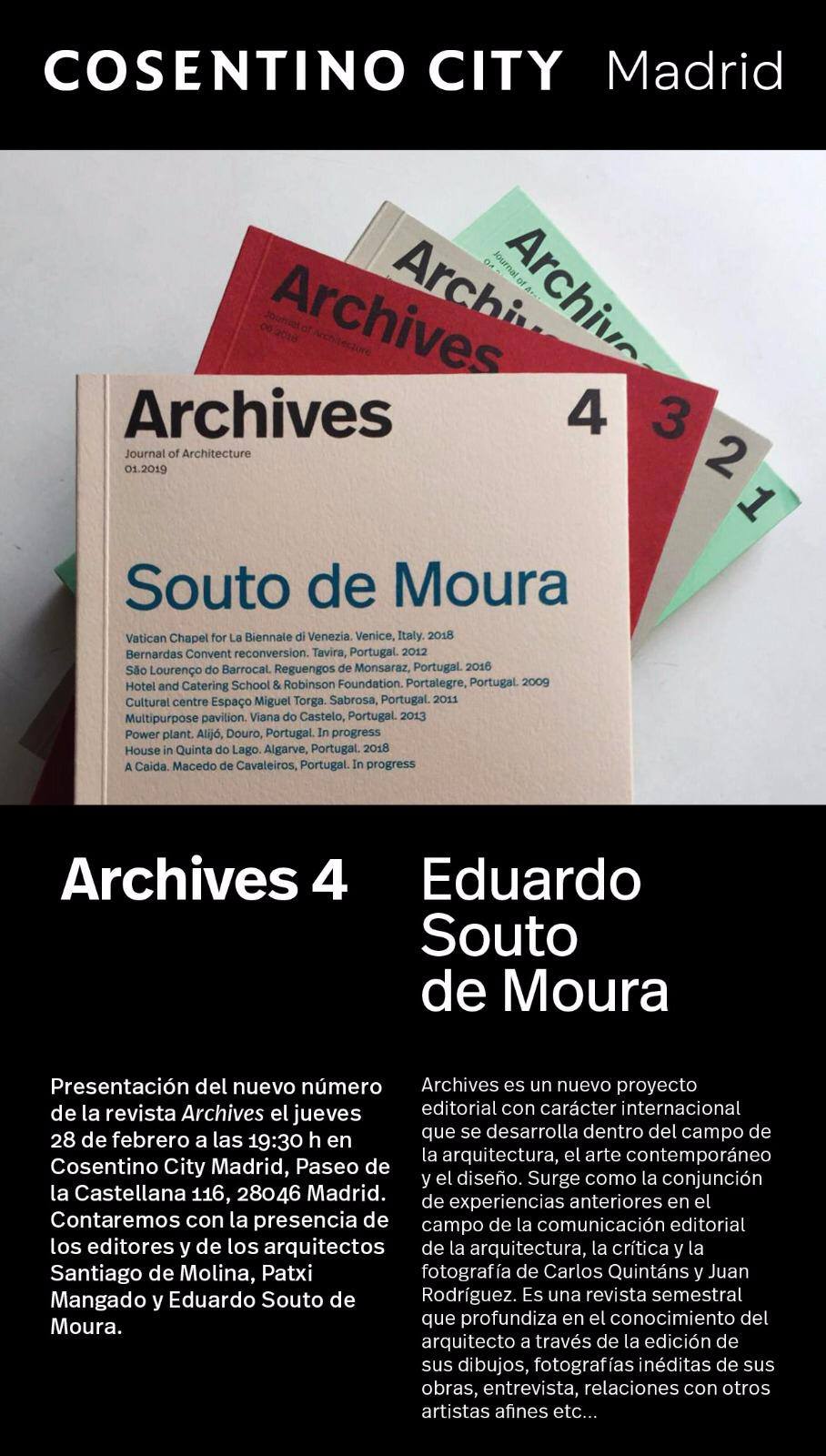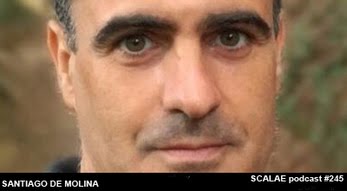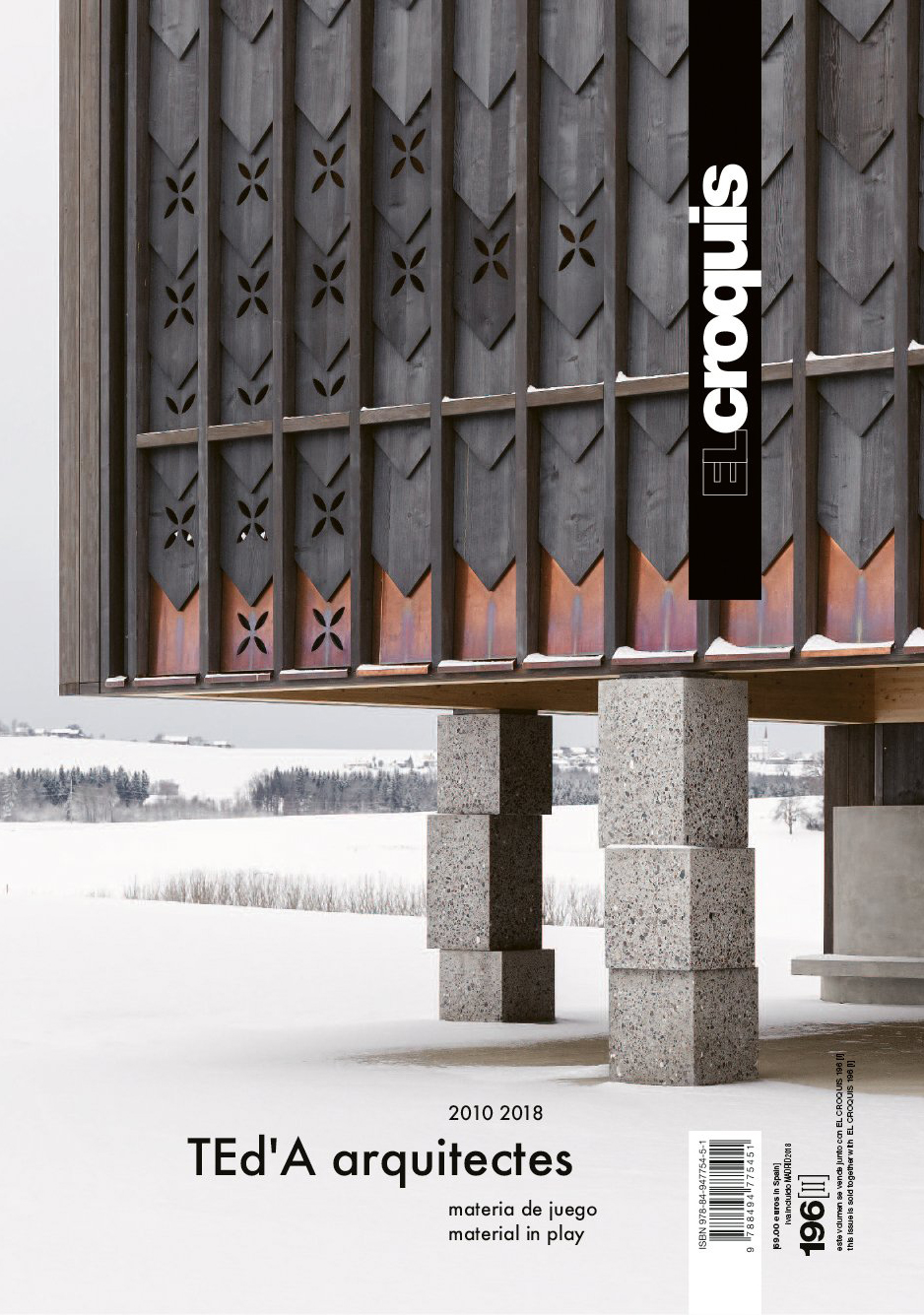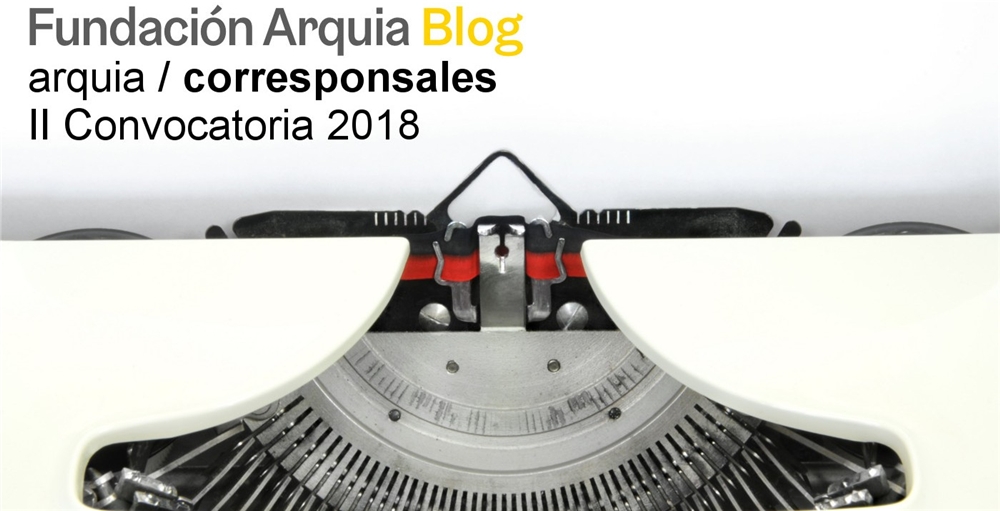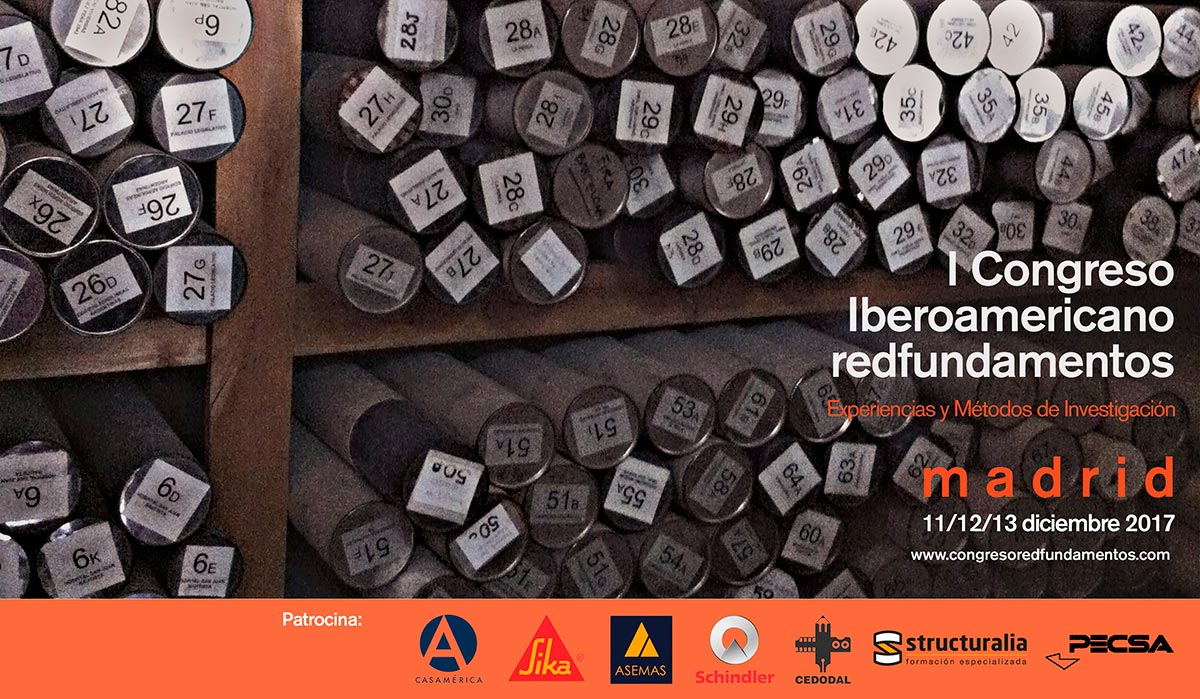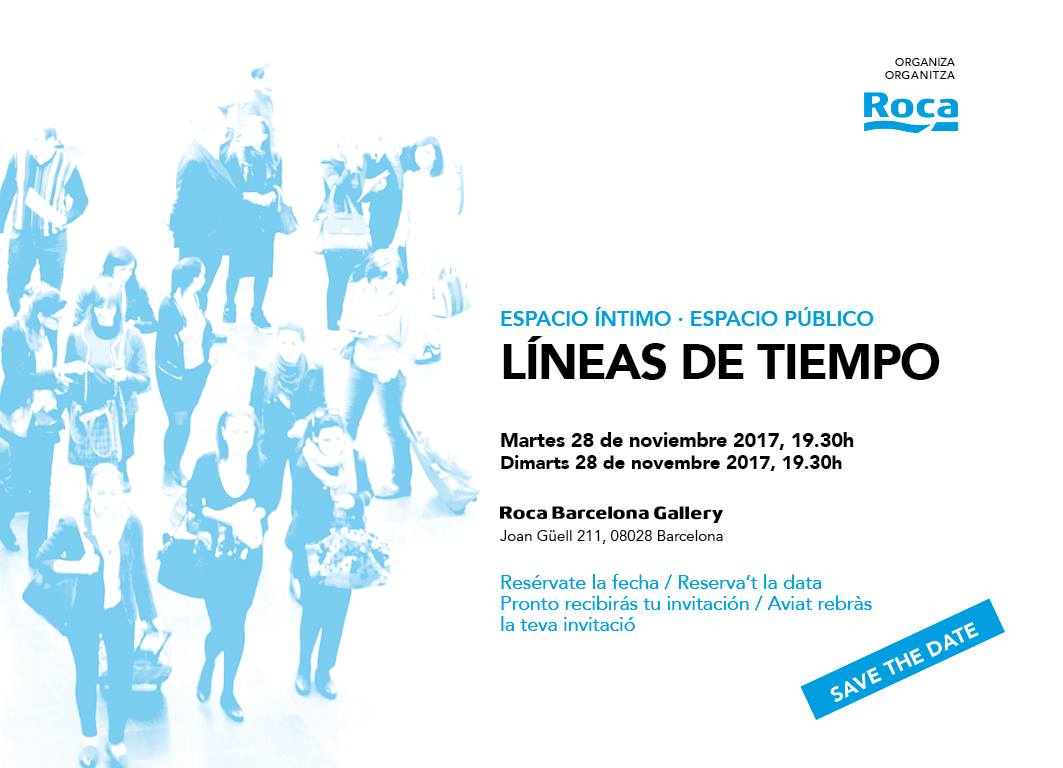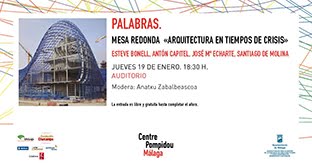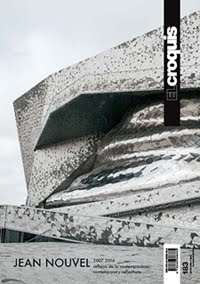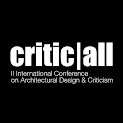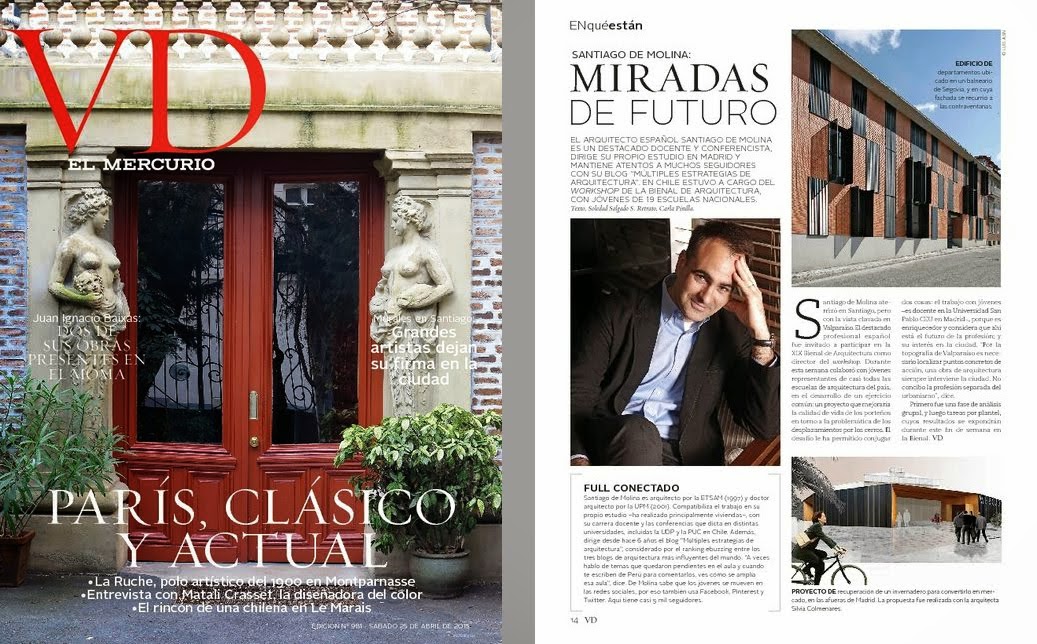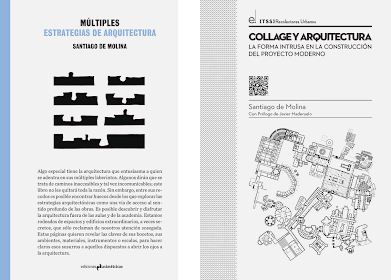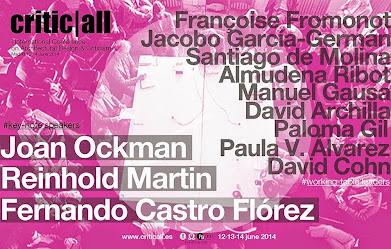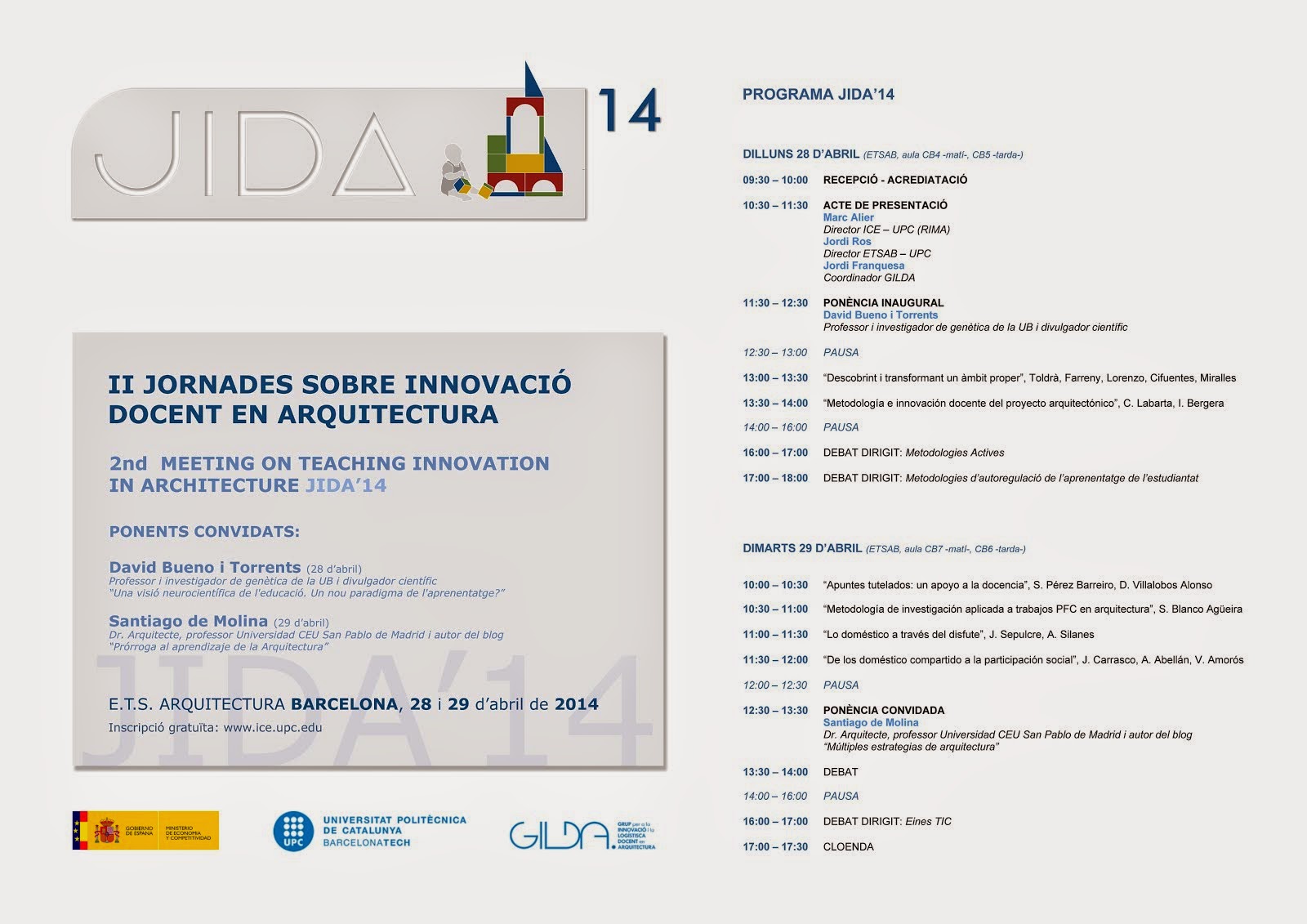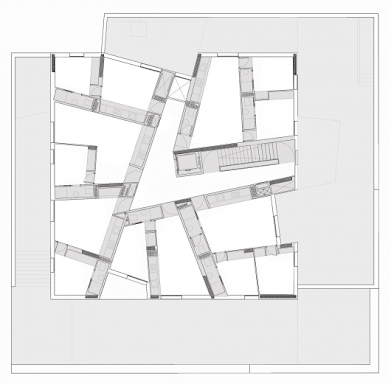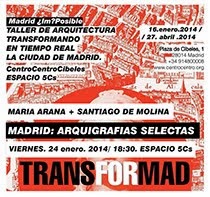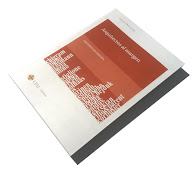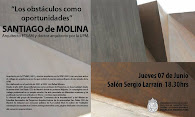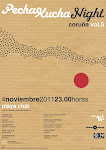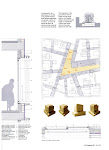Hace ya veinte años, en la Sala de Turbinas de la Tate Gallery de Londres, el artista Olafur Eliasson detuvo el sol en un atardecer sin fin. La instalación, una perfecta puesta de sol lograda con otro ingenioso juego de espejos, sigue anclada en el imaginario de una ciudad que nunca tuvo un atardecer semejante.
A principios del siglo XX, en una calle estrecha de Barcelona, conducir la luz hasta el interior de los pisos bajos era más que una cuestión de física; era una cuestión de dignidad. El recurso del espejo era inconcebible, pero no unas contraventanas dispuestas como bajantes y periscopios orientados hacia el cielo. Estos mecanismos de arquitectura sin arquitectos, permitían a los sórdidos interiores del Barrio Gótico tener algo de claridad en sus habitaciones...
En arquitectura existe un tipo de imaginación que cabe calificar como lunar, reflectante, que trata de aprovechar recursos sin poseerlos, que aspira a emitir luz sin tenerla por sí misma. Y que da pie a acumular mil soles en una biblioteca o un completo cielo estrellado en un cine. Un ingenio que es siempre válido. Que aprovecha reflejos parciales del mundo para mejorarse.
Twenty years ago, in the Turbine Hall of the Tate Gallery in London, the artist Olafur Eliasson halted the sun in an endless sunset. The installation, a flawless sunset achieved through another clever interplay of mirrors, remains firmly anchored in the imagination of a city that never had a sunset quite like it.
At the beginning of the 20th century, in a narrow street in Barcelona, channeling light into the lower apartments was more than a matter of physics; it was a matter of dignity. The use of mirrors was inconceivable, but not the arrangement of shutters designed as downspouts and periscopes oriented toward the sky. These mechanisms of architecture without architects allowed the gloomy interiors of the Gothic Quarter to have some brightness in their rooms...
In architecture, there is a kind of imagination that can be described as lunar, reflective, emitting light without possessing it intrinsically. An ingenuity that allows one to have a thousand suns in a library or a complete starry sky in a cinema. An ingenuity that is always relevant. One that harnesses partial reflections of the world to enhance itself.




,%20India,%20photo%20by%20H.G.%20Ponting,%20y%20Fala%20Atelier,%20Casa%20Suspendida,%20Oporto,%20imagen%20Fala%20Atelier.jpg)








.jpg)










